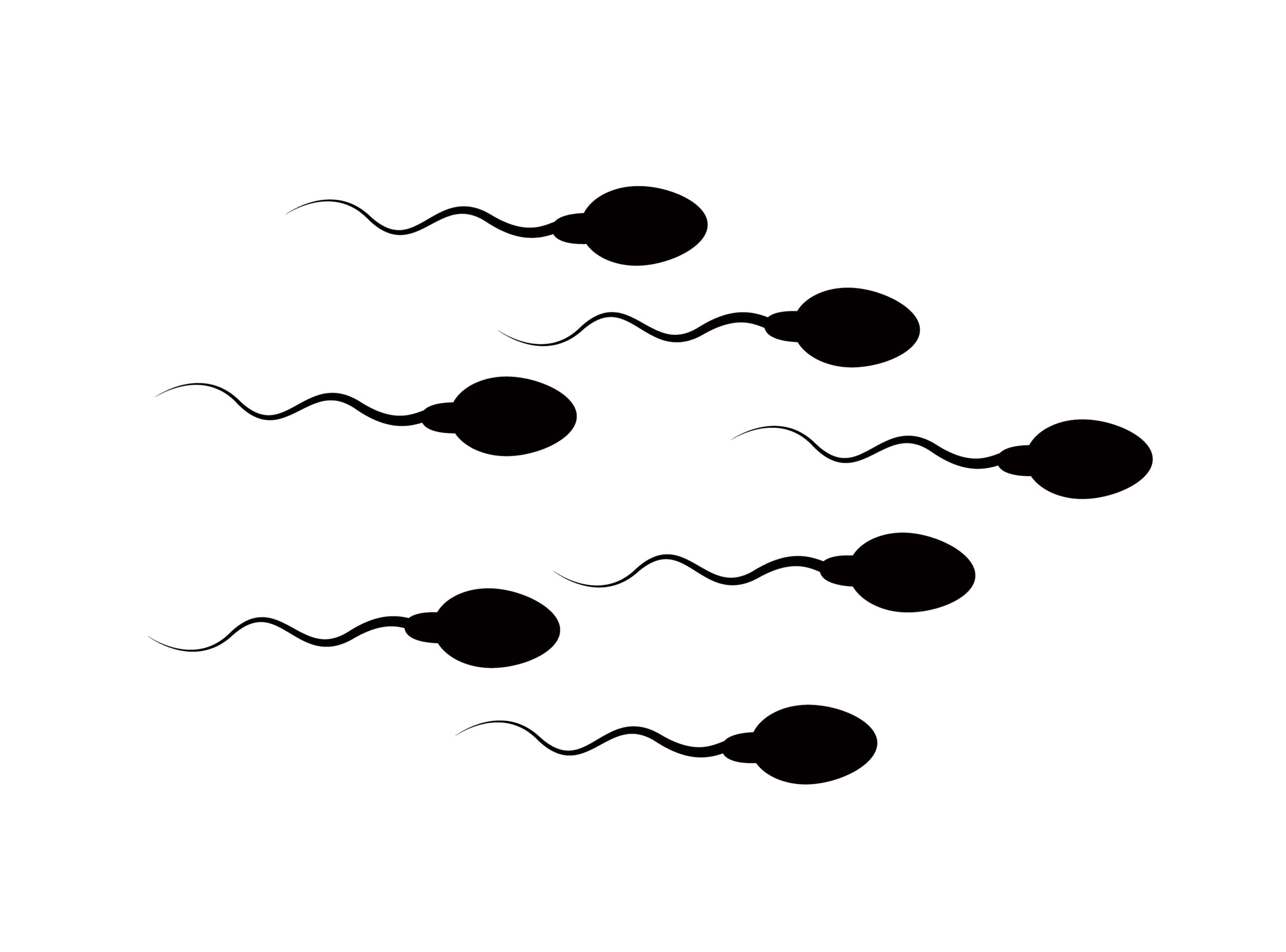A vasectomy is a surgical procedure that serves as a permanent form of male contraception. It involves cutting and blocking the vas deferens, the tubes that transport sperm from the testicles to the urethra. This method is chosen by men who are certain they do not want to father children in the future and who are seeking a reliable and effective birth control solution. Understanding the effects on sperm after a vasectomy is an important step for those considering this procedure, as it helps dispel myths and provides clarity on what to expect post-surgery.
How is Sperm Made?
Sperm production, or spermatogenesis, occurs in the seminiferous tubules of the testicles. The process begins with cells that undergo several stages of division and maturation. This process is regulated by hormones, primarily testosterone, which is also produced in the testicles. Once mature, sperm cells are stored in the epididymis, where they gain the ability to move (or swim) and the ability to fertilize an egg. During ejaculation, sperm are propelled from the epididymis through the vas deferens, mixing with seminal fluid to form semen.
Mechanism of Vasectomy
A vasectomy prevents pregnancy by disrupting the pathway that sperm take to reach the ejaculate. During the procedure, a healthcare provider will make small incisions in the scrotum to access the vas deferens. These tubes are then cut and sealed to prevent sperm from entering the seminal fluid. As a result, when a man ejaculates, the semen contains no sperm, eliminating the possibility of fertilizing an egg.
It’s important to note that a vasectomy does not affect sperm production. The testicles continue to produce sperm as usual. However, since the pathway for sperm to exit the body is blocked, they cannot mix with the semen.
Fate of Sperm After Vasectomy
After a vasectomy, sperm are still produced by the testicles but their journey ends in the blocked vas deferens. Here’s a detailed look at what happens to these sperm cells:
Where Does Sperm Go After a Vasectomy?
One of the most common questions men have about vasectomy is where the sperm goes afterward. The answer lies in the body’s natural processes of managing sperm production and absorption.
Sperm Absorption Process
After a vasectomy, sperm is still produced in the testes as usual, but it has no way to exit the body through ejaculation because the vas deferens are blocked. Instead, sperm remains in the reproductive tract, primarily within the vas deferens and the epididymis.
Natural Breakdown and Reabsorption
The body has an efficient mechanism for dealing with unused or excess sperm, known as phagocytosis. This process involves immune cells called macrophages, which identify and engulf the sperm cells, breaking them down into simpler compounds. These compounds, including proteins and other nutrients, are then reabsorbed and utilized by the body. This continuous cycle ensures there is no buildup of sperm within the reproductive system.
No Release of Sperm During Ejaculation
A common misconception is that sperm might still find a way to mix with semen after a vasectomy. However, once the vas deferens are severed and sealed, sperm are effectively trapped and cannot mix with the seminal fluid produced by the prostate and seminal vesicles. As a result, the ejaculate after a vasectomy contains no sperm, making it impossible to cause pregnancy.
Efficiency and Safety of the Absorption Process
The absorption of sperm is a natural and harmless process. The body produces millions of sperm each day, and even before a vasectomy, not all sperm are used in ejaculation. The body has always had to deal with a surplus of sperm. Post-vasectomy, the body continues this natural absorption without any adverse effects. The continuous production and breakdown of sperm are managed effectively by the body’s immune and reproductive systems.
Addressing Common Misconceptions
It is also important to recognize and address misconceptions regarding sexual function and pleasure. A vasectomy does not impact testosterone levels, libido, or the ability to achieve and maintain an erection. Sexual function and sensation remain unchanged, allowing men to enjoy a healthy sex life post-procedure
The Body’s Remarkable Efficiency
Understanding the process of sperm absorption post-vasectomy can alleviate concerns about where sperm goes after the procedure. The body’s natural ability to break down and reabsorb sperm ensures that there is no accumulation or harm caused by the unused sperm. This efficient system highlights the body’s remarkable ability to manage reproductive functions even after a vasectomy.
No Changes in Ejaculate
A common concern among men considering a vasectomy is the fear of changes in their ejaculate. However, there is no noticeable change in the volume, appearance, or sensation of ejaculate after a vasectomy. The seminal fluid, which constitutes the majority of the ejaculate, continues to be produced by the seminal vesicles and the prostate gland – which are both separate from sperm production.
Since sperm make up only a tiny fraction of the ejaculate volume, their absence is not detectable.
Effectiveness of Vasectomy
A vasectomy is one of the most effective forms of contraception, with a success rate of over 99%. It provides permanent birth control for men who are certain they do not want to father children in the future. However, it is crucial to follow up with a semen analysis after the procedure to confirm the absence of sperm. This typically involves providing a semen sample shortly after your vasectomy to confirm that the semen is sperm-free.
Importance of Follow-Up
The follow-up semen analysis is vital to ensure that the vasectomy was successful. In extremely rare cases, the vas deferens can spontaneously rejoin, a process known as recanalization, which can allow sperm to enter the semen again. The post-vasectomy semen analysis ensures that any such occurrence is detected promptly.
Key Takeaways on Vasectomy and Its Effects
A vasectomy is a safe, effective, and permanent form of contraception chosen by men who no longer wish to father children. Understanding how a vasectomy affects sperm helps alleviate concerns and provides clarity on what to expect after the procedure. Sperm production continues, but the body efficiently reabsorbs the unused sperm without any noticeable changes in ejaculate or sexual function. With a high success rate and minimal impact on sexual health, vasectomy remains a popular choice for permanent contraception. Contact Purely Vasectomies for more information.





